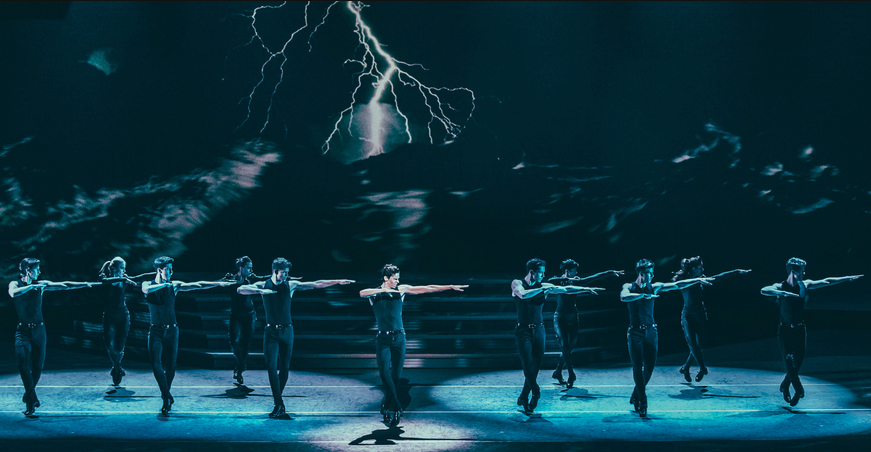“No. We’re Italian. We don’t Irish dance,” said Kristi Corcione’s mother in 1973. The proscription wouldn’t last a generation. Today, her daughter trains for the World Irish Dance Championships.
Irish dance has left Ireland and the ethnic communities in which it used to be quietly practiced.
Irish dancing schools have sprung up in Israel, Japan, Norway, Romania, Russia and many other countries not known for their Irish populations. Competitions … can now be found in Hong Kong, Prague and St. Petersburg, among other far-flung cities. More than 5,000 competitors from 20 countries are expected in April at this year’s World Championships in London.
At the New York Times, Siobhan Burke gives the credit to Riverdance, a phenom that’s responsible for exporting Irish dance “to an international audience of more than 24 million.”
The spread of Irish dance is a great example of the social construction and evolution of our invented concepts of race and ethnicity.
When it was whites who made up the majority of United States immigrants, it really mattered if you were Irish, Italian, or some other white ethnicity. The Irish, in particular, were denigrated and dehumanized. If one wasn’t Irish, it certainly wasn’t a group that most people would want to associate themselves with.
Over generations, though, and as new immigrant groups came in and were contrasted to Europeans, the distinctions between white ethnics began to fade. Eventually, ethnicity became optional for white people. They could claim an ethnicity, or several, of their choice; others would accept whatever they said without argument; or they could say they were just American.
Once the distinctions no longer mattered and the stigma of being Irish had faded, then Irish dance could be something anyone did and others would want to do. And, so, now anyone does. The three-time winner of the All-Ireland Dancing Championship in Dublin is a biracial, black, Jewish kid from Ohio.
Today, the big Irish dance production is Heartbeat of Home, a show that Burke describes as a “multicultural fusion” that delivers “plenty of solid Irish dance steps.” Irish dance is evolving, borrowing and melding with other cultural traditions—and it increasingly belongs to everyone—in the great drama of ethnic and racial invention and re-invention.

This post originally appeared on Sociological Images, a Pacific Standard partner site, as “Irish Dance and the Evolution of Race.”





